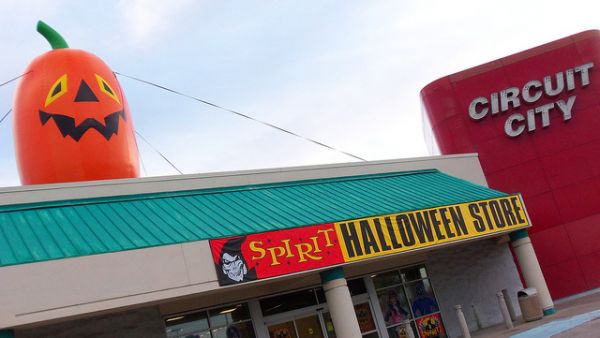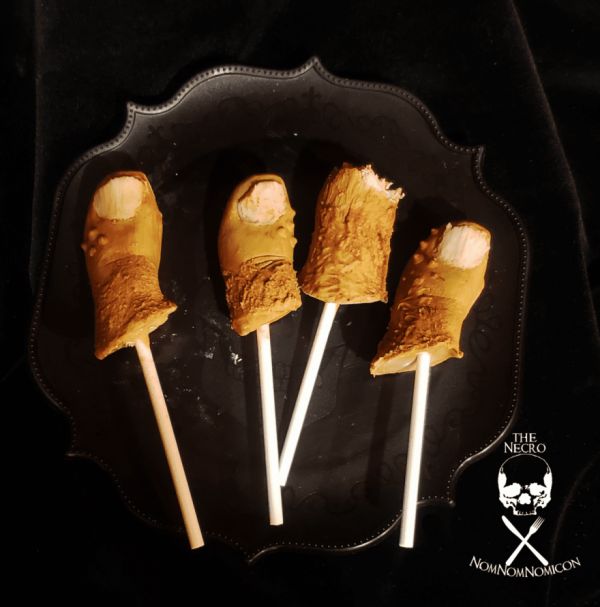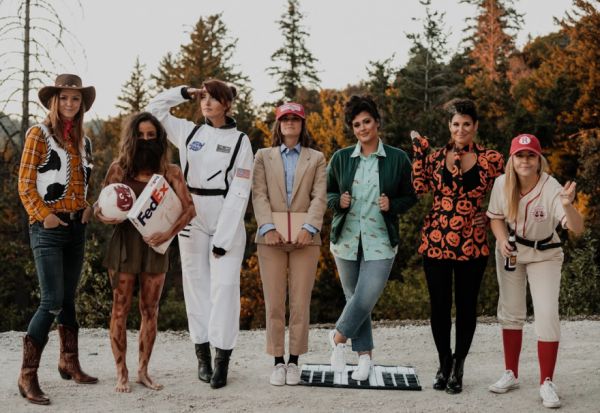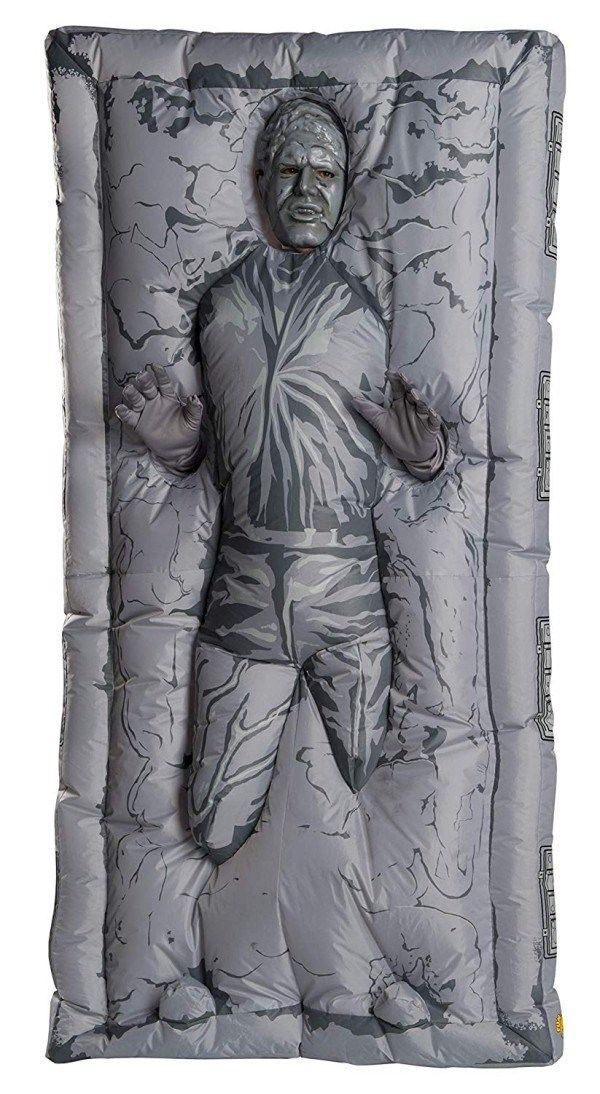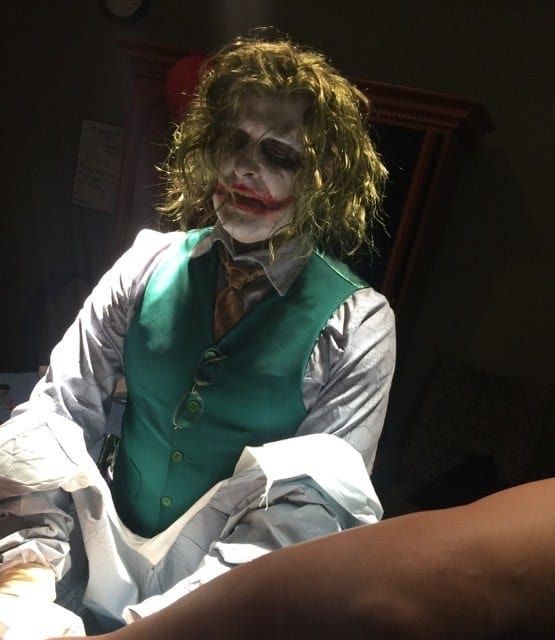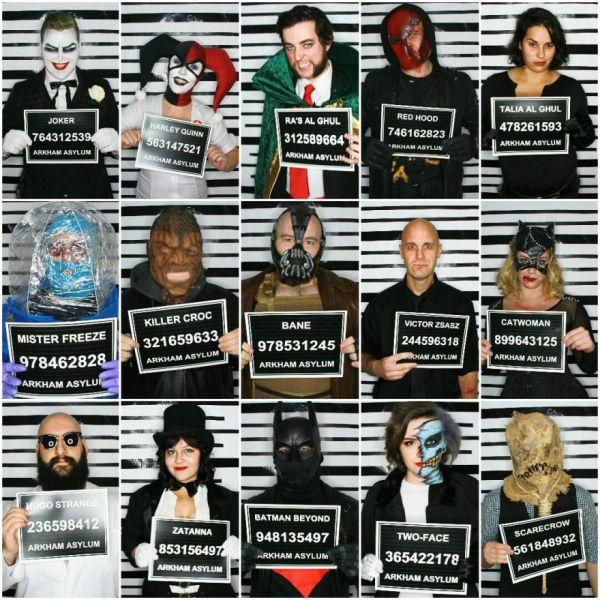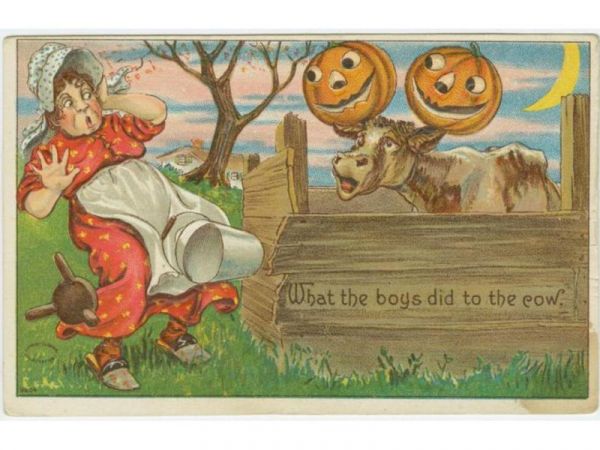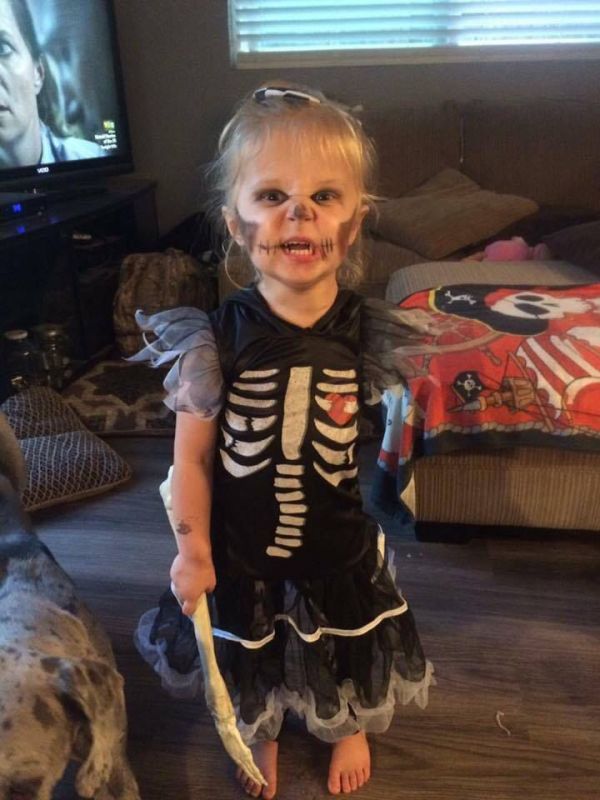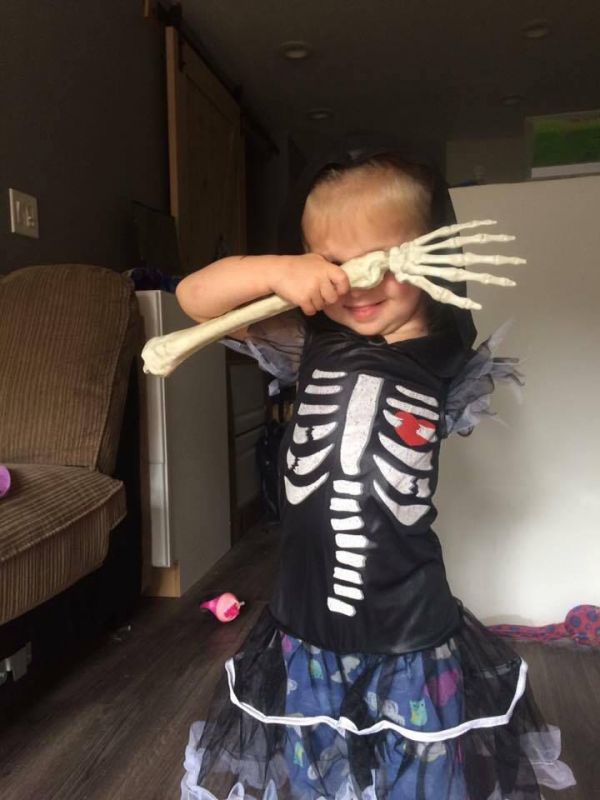It's a reliable sign of autumn in the modern world. As soon as school starts, a Halloween store will suddenly appear somewhere in town. It stays open for a couple of months, and then closes early in November. It will be back next year, but not necessarily in the same place. How do they manage to do that?
All of this would be impossible without the existence of vacant retail properties in need of tenants, even if those tenants only plan on being there for a few weeks. What’s bad for retail is good for Halloween pop-ups, at least to a point. These companies need vacant spaces to fill, but they also need nearby stores to draw in consumers.
Strip-mall vacancies rose to 11.1 percent during the recession, according to CityLab — not great for retailers but a huge opportunity for Halloween pop-ups. “During the crash, I would get calls before this Halloween to ask if I wanted space for next Halloween,” the anonymous Halloween express agent told the website.
Once the economy started to improve, there were fewer empty storefronts to select from, but this year, Halloween pop-up stores have plenty of Toy R Us space to lease. Next year, maybe Sears. Meanwhile, Halloween store companies will be working on inventory, staffing, and holiday trends in addition to locations for next year. Read about the Halloween pop-up store business model at Vox.
(Image credit: Flickr user Daniel Oines)


